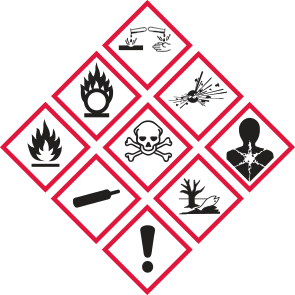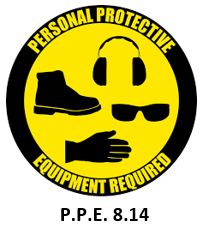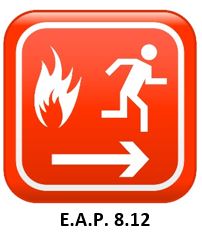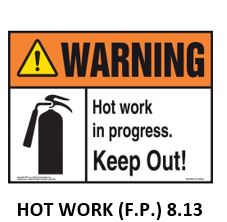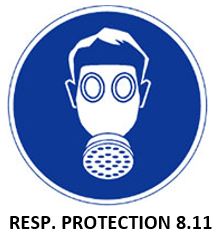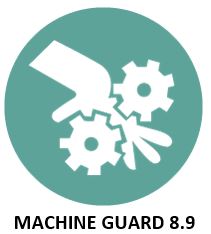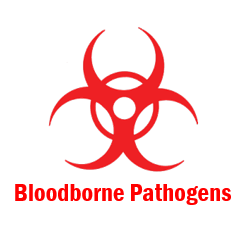Title Page
-
Conducted on
-
Prepared by
-
Location
Untitled page
-
Some workforce knowledge of chemical hazards exist.
-
Site is generally aware of chemicals present on site
-
Written program specifies: <br>• Roles and responsibilities;<br>• Hazard determination;<br>• Chemical lists;<br>• Container and pipe labeling;<br>• Safety data sheet management;<br>• External personnel (contractors);<br>• Chemical approval process;<br>• Obsolete chemical process;<br>• Employee training requirements.<br><br>A revision log shall be included as part of the written program
-
Chemical inventory is completed.
-
List of approved chemicals exists.
-
SDS are available for all hazardous chemicals.
-
Written program is reviewed annually and updated as necessary. The revision log has been maintained to reflect the annual review and any other changes made to the written program throughout the year.
-
Supervisors and all employees receive formalized training, including exams, upon assignment and every three years thereafter.
-
Trainers are competent and qualified to train on the subject matter
-
Process exists for the approval of new or trial chemicals. EHS must be included in the review process. Documented training is provided to those employees who are likely to be involved in the process (e.g. Purchasing, manufacturing or design engineering, maintenance, QA, R&D, etc.)
-
Process exists to locate and properly dispose of obsolete chemicals.
-
Workforce and supervisors can access SDS’s and are aware of hazards associated with chemicals for which they work with or around.
-
Containers are labeled in accordance with regulatory requirements and the company's written program.
-
New chemicals are not used until they are approved.
-
The chemical inventory/approved chemical list is updated to reflect new and obsolete chemicals.
-
Chemicals storage is organized and special consideration is given to flammable and non-compatible materials.
-
High hazard chemicals are replaced with lower hazard chemicals or eliminated.
-
Results of industrial hygiene testing are used in hazard communication training.
- Hazard Communication
-
Which department are you reviewing?
-
Are all containers labeled?
-
Is chemical on a containment pallet?
-
Are labels legible?
-
Do team members know where the SDS book is located?
-
Is the department using food containers for secondary containers?
Signature
-
Supervisor's Signature
